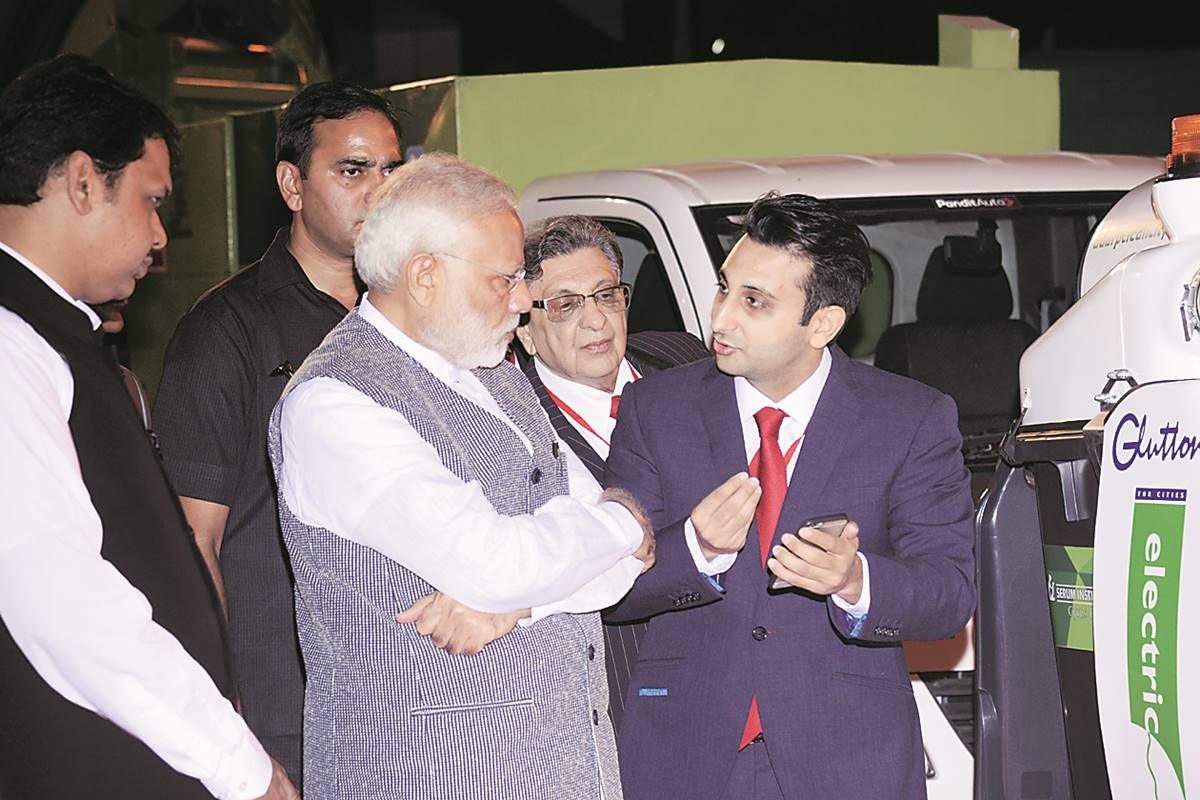
Sunday, June 07, 2020
Coronavirus News (135)

AZD1222: Do We Have A Vaccine Candidate?
AZD1222: Do We Have A Vaccine Candidate? https://t.co/oeTuhnql3c #CoronavirusOutbreak #coronavirus #CoronaIsNotAJoke #CoronavirusFacts #coronaviruskenya #COVID19 #COVID #COVID19Quarantine #vaccine #COVID19vaccine #lockdownextension #pandemic #pandemia #TrumpHasNoPlan #TrumpVirus
— Paramendra Kumar Bhagat (@paramendra) June 8, 2020
— Paramendra Kumar Bhagat (@paramendra) June 8, 2020
Trump Builds A Wall .... Around The White House
Security Concerns Give the White House a Fortified New Look@realDonaldTrump walled himself off from America. It’s the first thing he’s done that I agree with. 🥳 https://t.co/vcuohHB2zO
— Venture Capital (@kelly2277) June 7, 2020
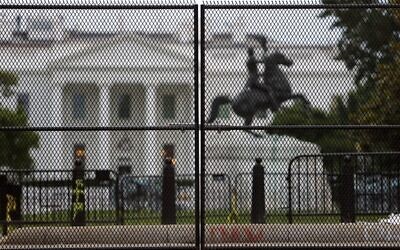
The state Senate is advancing a bill to name the state Thruway after Frederick Douglass. https://t.co/narGpH36uH
— Poughkeepsie Journal (@PokJournal) June 7, 2020
Trump Builds A Wall .... Around The White House https://t.co/pqHQir8ZPU #TrumpBunkerSongs #Trump #DonaldTrump #blacklivesmatter #BlackLivesMattters #BlackLivesMatterDC #protests2020 #protestsnyc #WhiteHouse
— Paramendra Kumar Bhagat (@paramendra) June 7, 2020
Coronavirus News (134)
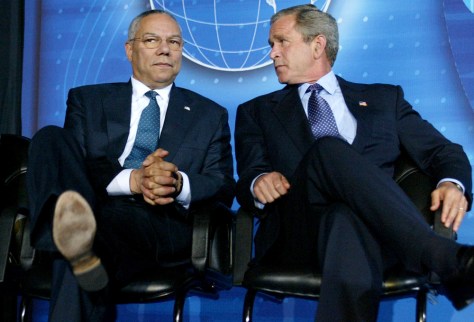

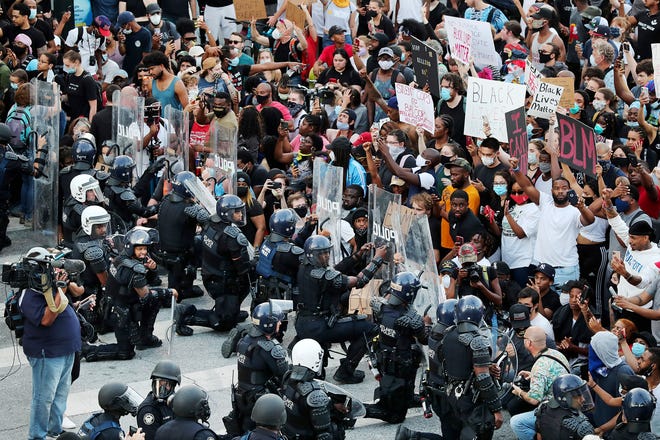
Coronavirus News (134) https://t.co/sndqDi72Mn #blacklivesmatter #BlackLivesMatternyc #BlackLivesMattters #coronavirus #COVID19 #lockdownextension #pandemia #pandemic #reopening #ReopeningNYC #Trump #DonaldTrump
— Paramendra Kumar Bhagat (@paramendra) June 7, 2020
This Metropolitan Police could learn a lot from this statement by @abennett_police. pic.twitter.com/jSJE6ulQVM
— Owen Jones says join a union🌹 (@OwenJones84) June 7, 2020
JUST IN: Bush and Romney won't support Trump reelection: report https://t.co/3o6pBU3wT4 pic.twitter.com/K12omAEY6g
— The Hill (@thehill) June 7, 2020
The COVID-19 pandemic has now claimed over 400,000 lives worldwide, according to data collected by Johns Hopkins University. The U.S. — at more than 109,000 — accounts for more than a quarter of those deaths. https://t.co/arWCRPbJjU
— NPR (@NPR) June 7, 2020
The problem of policing isn’t bad apples. It’s a diseased tree. https://t.co/GoXGPsdITO pic.twitter.com/NIrPgeGBzc
— The Resistance Movement💎 (@ResistMoveTRM) June 6, 2020
Play this for every basement-dwelling tool shouting to "Defund The Police." https://t.co/KUeB0dWhzA
— 🇺🇸Eric Carmen🇺🇸 (@RealEricCarmen) June 7, 2020
Donald Trump goes berserk after Colin Powell announces he’s voting for Joe Biden https://t.co/3DydOjvIvm via @PalmerReport
— Nancy Crouse (@Nancy_Crouse) June 7, 2020
I lost my brother in law from covid 19 yesterday. People are still dying
— Helen🌊🌊🌊😋🌊🌊🌊🔥🔥 (@Helen504) June 6, 2020
@rufusgifford looks like there were more people gathered in support of #BlackLivesMatter in Copenhagen today, than at President Cuckoo Bananas' inauguration 🇩🇰🇺🇸 https://t.co/mwwRLPhCv1
— Johan Høyer (@TheGreenMessiah) June 7, 2020
Unpopular opinion but Trump is correct in his tweet criticism of Colin Powell's record as Sec of State under Bush. They lied to us and led us in a disastrous War on Terror that will never end. Powell in turn is absolutely correct in his admonishment of Trump and Republicans.
— Wajahat "Social Distance Yourself" Ali (@WajahatAli) June 7, 2020
Liberals: everything is racist
— 🆈🅰️🆆 ʜᴏᴛᴇᴘ 🎯 (@Mr_Yancy) June 7, 2020
Conservatives: Racism doesn’t exist. It’s a myth! pic.twitter.com/LrAVHLqH67
Saturday, June 06, 2020
Coronavirus News (133)

Coronavirus News (133) https://t.co/LtaoULun3X #CoronavirusOutbreak #CoronavirusFacts #india #UnitedStates #BlackLivesMatter #COVIDー19 #COVID #Lockdown5 #Pandemia
— Paramendra Kumar Bhagat (@paramendra) June 7, 2020
Coronavirus News (132)
Albert Einstein giving a lecture on relativity in 1946 (after the war, before the civil rights movement). His peers criticized this appearance. The press purposefully didn't cover it. He simply wanted to inspire young minds with the beauty and power of science. pic.twitter.com/kLeaoGPMcs
— Lex Fridman (@lexfridman) June 6, 2020
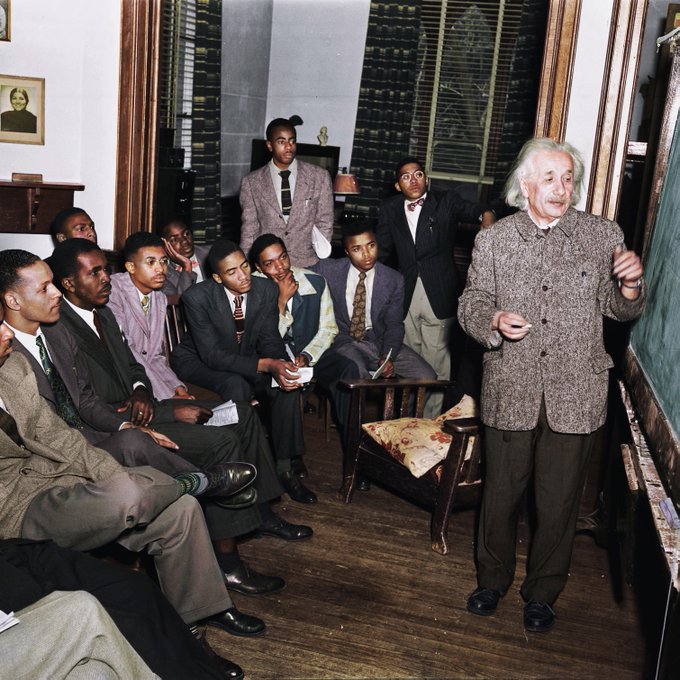
The unstoppable joy in front of The White House today: pic.twitter.com/H55oL1Bi8Q
— Jessica Contrera (@mjcontrera) June 6, 2020
It’s more than 4 arrests: These are some of the concrete actions that have stemmed from 1 week of protests for George Floyd and Black lives pic.twitter.com/0jxgguovGq
— Shakthi Vadakkepat (@v_shakthi) June 6, 2020
5 FACTS ABOUT POLICE YOU NEED TO KNOW:
— Lee Camp [Redacted] (@LeeCamp) June 6, 2020
- Since 2005 only 35 officers had been convicted of ANY crime after killing someone. Assuming the US averaged 900 police killings per year (a very low estimate), this means cops are convicted .28% of the time. Less than ONE percent.
I now have so many infuriated NYPD cops sending me info, it’s impossible to get it all out.
— John Cardillo (@johncardillo) June 6, 2020
I’ve never seen morale this bad and it’s all because of @BilldeBlasio.
Yesterday, 50,000 people in Sydney, Australia, defied police and a Supreme Court order banning the planned march, and protested in support of Black Lives Matter. pic.twitter.com/fpxcKRjbW2
— Rebecca Kavanagh (@DrRJKavanagh) June 6, 2020
‘The only reason we’re here is to make sure you have a voice, that’s it.’ — Flint Sheriff Chris Swanson laid down his helmet and baton to march with #BlackLivesMatter protesters pic.twitter.com/UWHDbcq1LV
— Shakthi Vadakkepat (@v_shakthi) June 6, 2020
Libs will still tell you to this day that it’s unsafe for us to church.
— Benny (@bennyjohnson) June 6, 2020
America has been lied to.
You should be furious.
I am.
pic.twitter.com/ZBHWntiyEy
The Maine swab factory that Trump visited said that they will have to throw away everything produced while he was there because he didn't wear a mask. https://t.co/jIXnrcTbqL via @politicususa
— Progressive Push (@progressivepush) June 6, 2020
ENTREPRENEURS: All politics aside, this is a stunning rebound in the US stock market, which is a reflection of consumer sentiment. If you had big plans in January for your business, it might be time to pull them off of the shelves once again. pic.twitter.com/2ENAHZv3Be
— Michael K. Reynolds (@M_K_Reynolds) June 6, 2020
Protesters in Seattle gave food to a homeless person sitting inside a tent along the march route pic.twitter.com/nxdpEi50iz
— Shakthi Vadakkepat (@v_shakthi) June 6, 2020
BBC News coverage tonight was little more than an extended promo for the demonstrators, full of heavy editorialising about Britain "not being innocent" and euphemisms about "clashes" with police.
— Patrick O'Flynn (@oflynnsocial) June 6, 2020
A disgrace.
“Agree to disagree” is reserved for things like “I don’t like coffee.” Not racism, homophobia, and sexism. Not human rights. Not basic common decency. If I unfriend you during this, it IS personal. We do not have a difference of opinion. We have a difference in morality.
— corina (@cdvaughn16) June 5, 2020
Sometimes you feel like a nut. pic.twitter.com/JxdGJP3zej
— 💖CherryPinkCat💖 (@CherryPinkCat) June 6, 2020
Why is ending racism a debate?
— Broderick Hunter (@BroderickHunter) June 5, 2020
It amazes me the amount of Westerners who feel they need to "save the #Chinese" from their gov. Most have never been to #China, and in their minds they feel China is like #NorthKorea (news flash - it's not) the world is too diverse for only one type of gov to exist. #democracy
— Cyrus Janssen (@thecyrusjanssen) June 6, 2020
Imagine if you called firefighters and they just beat the shit out of you instead of putting the fire out
— Ethel (@Ethelmonster) June 5, 2020
SNIPERS. Jesus Christ, America. https://t.co/Pe9uofAKTx
— Elizabeth C. McLaughlin 🩸🦷 (@ECMcLaughlin) June 6, 2020
Asking not to get killed is not asking for very much.
— Andrew Yang🧢🇺🇸 (@AndrewYang) June 6, 2020
We did the impossible.
— Andrew Cuomo (@NYGovCuomo) June 6, 2020
On Monday NYC will open phase one.
We didn’t just flatten the curve — we crushed it. #NYTough
June 6, 1944. Largest ANTIFA operation in history. pic.twitter.com/TlpfsySKwr
— Matt Duss (@mattduss) June 6, 2020
This.
— Rex Chapman🏇🏼 (@RexChapman) June 6, 2020
Dads, bruh... pic.twitter.com/Kce3LoSKcR
“Public-health experts, caught between their science and their politics, are trying to talk around this harsh fact [that protest are hot spots], and in doing so they’re destroying their own hard-won authority.” https://t.co/DTcvgQgUJo
— Scott Galloway (@profgalloway) June 6, 2020
Coronavirus News (132) https://t.co/a1aEsicA0p #CoronavirusOutbreak #COVID #BlackLivesMatter #Lockdown5 #lockdownlessons #Pandemia #GeorgeFlyod
— Paramendra Kumar Bhagat (@paramendra) June 6, 2020


